
Good morning. It’s Thursday, Feb. 16.
- Oakland police chief is ousted over misconduct scandal.
- San Diego pinup icon Raquel Welch dies at 82.
- And a look back at California’s poppy tourists of yore.
Statewide
1.
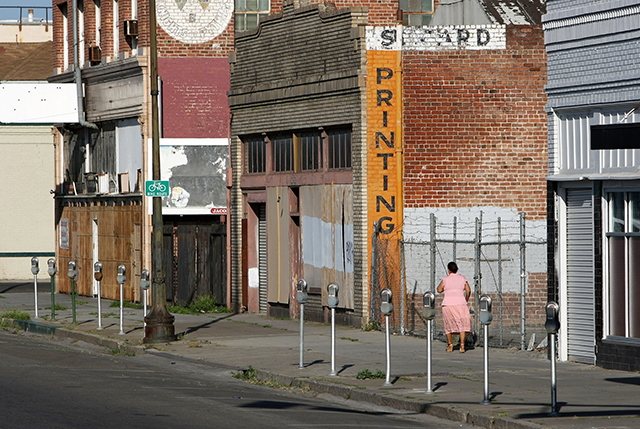
In 2019, Stockton became the first city to test universal basic income, handing out cash grants to several hundred families, no strings attached. Four years later, more than 12,000 Californians have been included in cash guarantee programs of some sort, according to a new analysis. One supports people over the age of 50, another helps former foster youth, and a third helps expectant Black and Pacific Islander mothers. CalMatters created a tool to explore all of the programs from San Diego to Humboldt County.
2.
California’s population dropped by more than half a million people between April 2020 and July 2022, new census data showed. Experts have cited multiple factors driving the exodus: crowds, crime, more freedom to work remotely. But the primary cause has been California’s skyrocketing cost of housing. Dowell Myers, a demography professor at USC, said young people continued to flee the state even as the pandemic receded. California “still attracts them,” he said, “it just can’t hold them as well.” L.A. Times | CBS Sacramento
3.
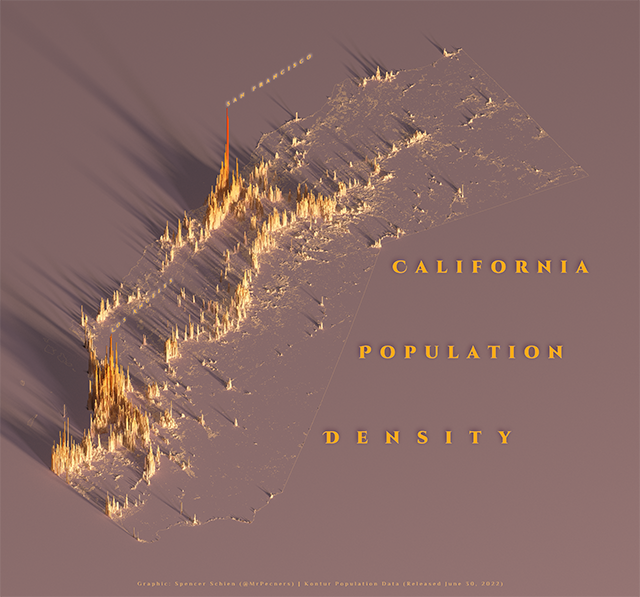
☝️ Spencer Schien, a mapmaking hobbyist, shared this great visualization of population density in California. Some fun facts:
- San Francisco has roughly the same number of people as North Dakota, but they live about 18,600 per square mile. In North Dakota, it’s 10.
- The population density of Los Angeles is far lower than San Francisco’s: about 8,300 people per square mile. But few places on earth can compete with the sprawl. Including the county, roughly 10 million people live within 4,750 square miles, meaning the region accommodates a population equivalent to that of Wyoming, Vermont, Alaska, Delaware, Rhode Island, Montana, Maine, New Hampshire, and both Dakotas — combined.
- Alpine County, located just south of Lake Tahoe, has California’s lowest density, with just 1.6 people per square mile. It has no high schools, banks, or traffic lights. But it abounds in natural beauty.
Northern California
4.
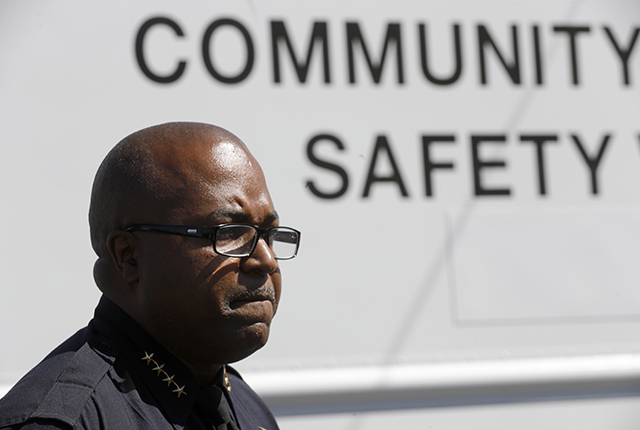
Oakland Mayor Sheng Thao announced Wednesday that she was firing the city’s police chief over accusations that he mishandled cases of officer misconduct. The firing followed an independent report that found Police Chief LeRonne Armstrong failed to properly discipline a sergeant who fired his gun in the elevator of police headquarters and was involved in a hit-and-run. Armstrong’s exit means Oakland has now lost seven police chiefs in as many years. In a statement, he called his firing “wrong, unjustified, and unfair.” Oaklandside | Mercury News
5.
“Stockton is a worst-case scenario.”
Roughly 80% of students in Stockton’s public school district live in poverty. Yet three years after Congress started sending pandemic relief dollars, Stockton has spent only a quarter of the $241 million it received as the district was engulfed by political battles and personal grudges among school board members. Among the expenditures it has made: $7.3 million for air filters that ended up being warehoused and $2 million to cover the salaries of district executives. LA School Report
Southern California
6.
The New York Times told a moving story about the magic of Monterey Park’s Star Ballroom Dance Studio before it became forever linked with scenes of violence and terror:
“Today is a Sunday in November, an innocuous date and a grand collection of talent and flair. Today is about outstretched arms, swishing hips, high-slit skirts, deft kicks, clasped hands, panache. And joy.
Today everyone makes it home safely.
It is how this dance community could have first been introduced to outsiders — as a vibrant circle of artistry. And how, perhaps, it can still be known.” N.Y. Times
7.
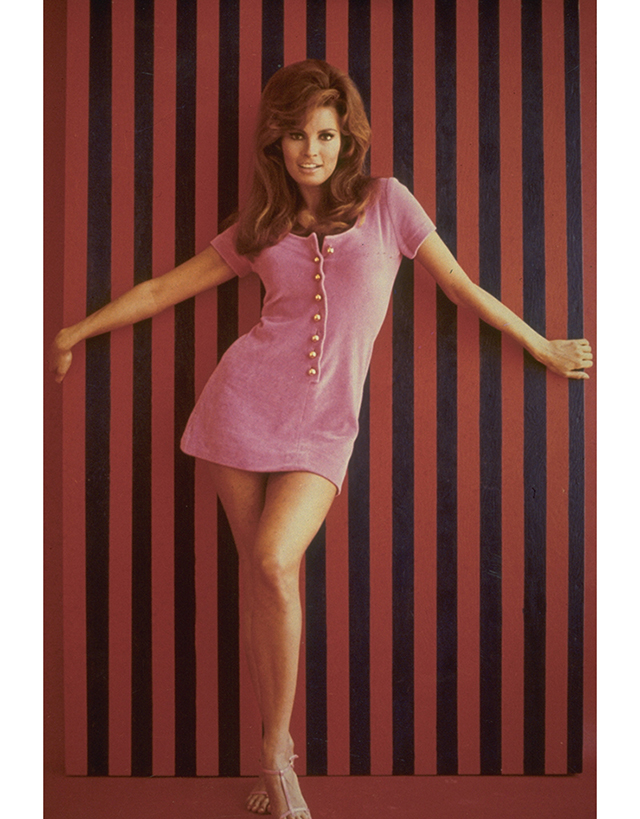
Raquel Welch died on Wednesday at her home in Los Angeles. She was 82. Before becoming an American sex symbol in the 1960s, Welch grew up in La Jolla, where her father designed aircraft during World War II. She started winning beauty pageants when she was 14, ultimately winning the state title of Maid of California in 1958. She was the “weather girl” on KFMB, a San Diego TV station, before moving to Los Angeles, where she quickly signed a contract with a major studio. Everything changed in 1966 when she was cast as a cave woman in a doeskin bikini in the B-movie “One Million Years B.C.,” a role that instantly made her into a pinup star. L.A. Times | Washington Post
Photos: Raquel Welch through the years. N.Y. Times
8.
Brookfield Corp., the largest office landlord in downtown Los Angeles, just defaulted on $755 million on loans for two skyscrapers as remote work keeps offices vacant, filings showed. The turmoil at the two high-profile properties — the Gas Company Tower and the 777 Tower — comes as office vacancies are rising and the value of office buildings is falling, analysts say. The vacancy rate in Los Angeles’ central business district was 22.7% at the end of 2022, a report said. Bloomberg | The Real Deal
9.
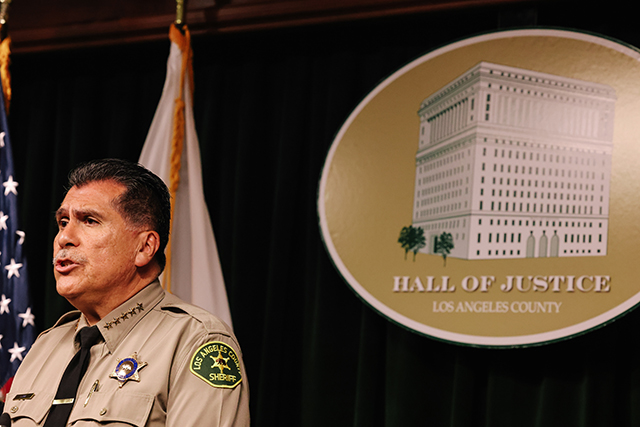
Los Angeles County Sheriff Robert Luna announced the creation of a new office tasked with rooting out so-called deputy gangs, secret cliques with shared tattoos that operate within department stations. “I will have an absolute zero tolerance for this type of conduct,” Luna said. The move is a sharp departure from Luna’s predecessor, Sheriff Alex Villanueva, who denied the existence of deputy gangs and demanded that political leaders stop using the phrase. L.A. Times | NBC Los Angeles
10.
“She heard a thump and then stopped when she realized she had run over something.”
On Tuesday, a woman was napping in her SUV in a retail parking lot in Palmdale, just north of Los Angeles, when she awoke to the sound of sawing and began to drive away. Underneath the vehicle, a man who had been attempting to steal her catalytic converter was crushed, authorities said. The driver called 911, but the man was pronounced dead at the hospital. Antelope Valley Times | KABC
11.
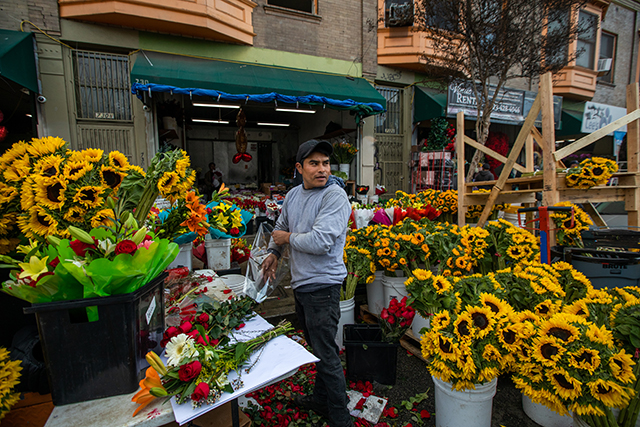
For some people, Valentine’s Day is all about romance and fancy dinners. For the street flower vendors of Los Angeles, it’s the biggest work day of the year. Here’s a great photo essay on the Valentine’s Day hustle of the city’s flower vendors. 👉 LAist
California archive
12.
For most Californians, an outing to see the spring wildflowers involves driving an hour or two to preserves in the valleys, deserts, or foothills. But the flowers used to be everywhere. In 1847, the soldier Joseph Revere provided one of the earliest descriptions of the vast bloom within the Los Angeles basin:
“In the plain itself,” he wrote, “the richest and most brilliant wildflowers flourish in boundless profusion, and with a rank luxuriance which far transcends all the efforts of art. All colors, all shades of colors, all hues, all tints, all combinations are there to be seen.”
In 1876, Archduke Ludwig Salvator, visiting from Austria, wrote: “The fields in and about Los Angeles are particularly rich in flowers. Thus in March they appear to be cloaked in red; in April in blue; while in May they resemble passes of pure gold.”
And three years later, the botanist J.F. James observed: “Never have I seen such a brilliant mass of color. I have one patch in my mind now which, seen on a bright clear day, was, with the sun shining full upon it, too dazzling for the eye to gaze upon.”
Wildflowers became a centerpiece of Southern California culture, the ecologist Richard Minnich wrote in his 2008 book “California’s Fading Wildflowers.” Floral societies sprang up in every town, culminating in the first Rose Parade in 1890. The Mount Lowe Railway, opened north of Los Angeles in 1893, included a “Poppyfields Station” where passengers could get out and collect bouquets.
By the early 1900s, anxiety was mounting over the trampling of the wildflowers. “Spare the poppies,” a Riverside County newspaper warned in 1905. “If the crowds of people and children who are engaged in pulling up these beautiful flowers do not show more discretion, the poppies will not be there next year.”
More than a century later, the wildflower battles are still with us, only now they are being fought over ever-more distant fringes of nature, and some local officials are no longer asking visitors to behave. When Lake Elsinore’s mayor announced last week that the city was closing off access to its celebrated orange poppy hillsides, she brought along the county sheriff. Trespass, he warned, and you may find yourself in jail.
Below, a short gallery of California’s poppy tourists of yore.
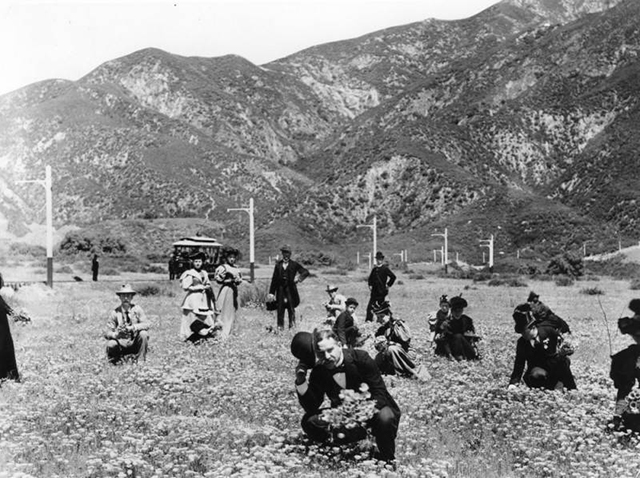
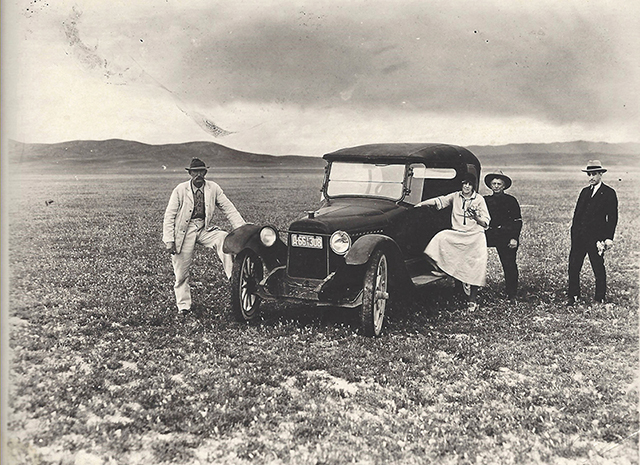
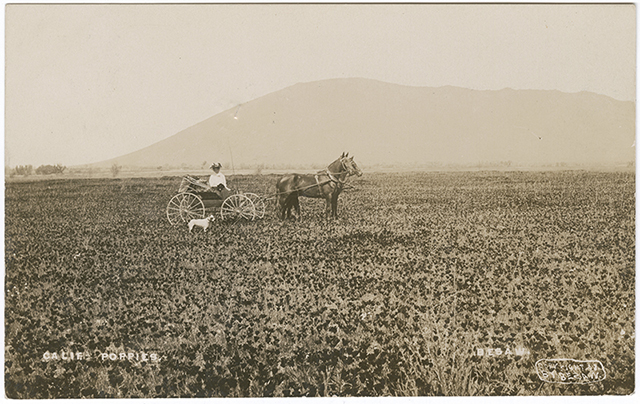
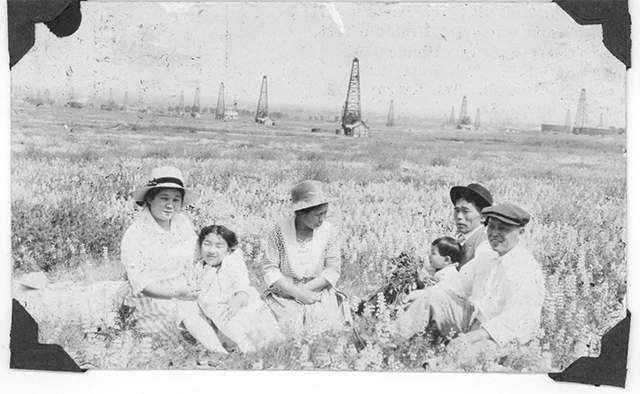
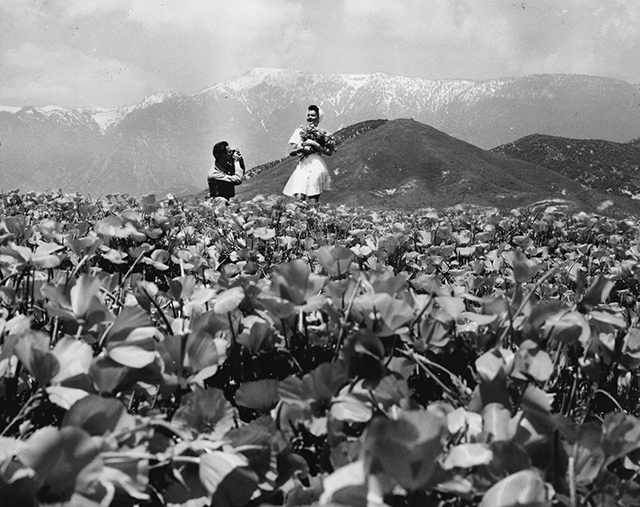
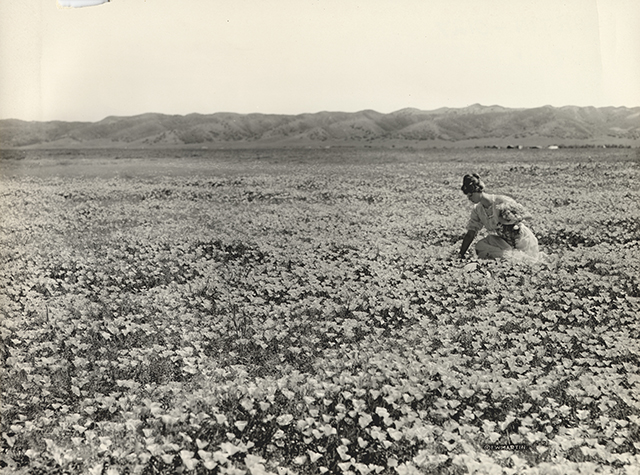
Thanks for reading!
The California Sun is written by Mike McPhate, a former California correspondent for the New York Times.
Give the gift of the California Sun.
Get a California Sun mug, T-shirt, phone case, or hoodie.
Forward this email to a friend.
Click here to stop delivery, and here to update your billing information or cancel your support.
The California Sun, PO Box 6868, Los Osos, CA 93412
Wake up to must-read news from around the Golden State delivered to your inbox each morning.
